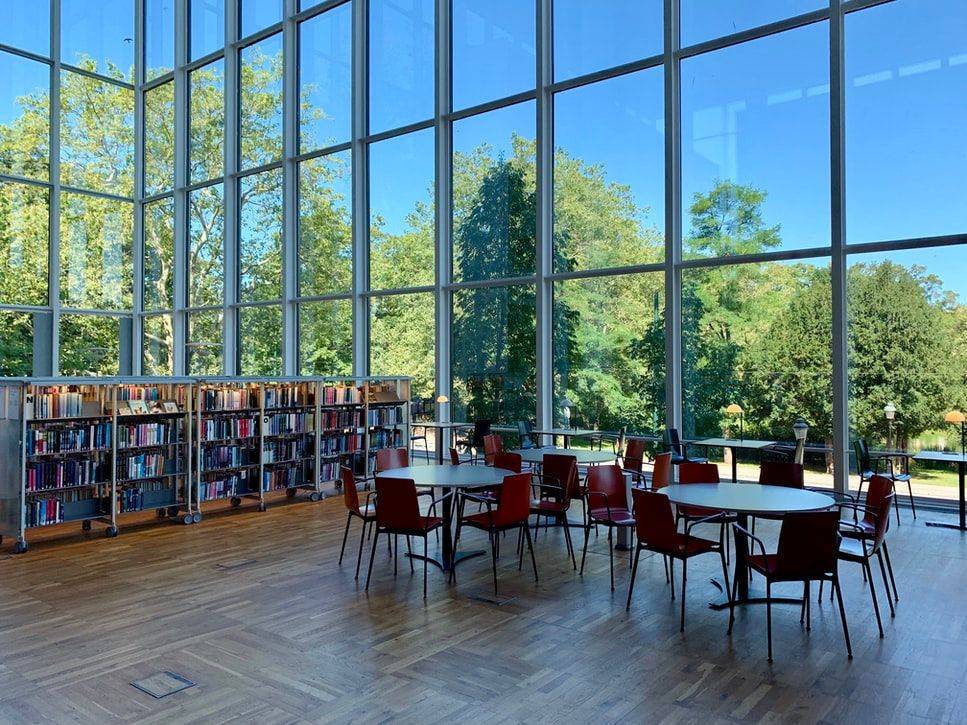What is OpenAIRE and How Does it Make Science More Open?
Updated May 20th, 2022
OpenAIRE is a research information platform that helps researchers, project managers, repository managers, and funders in different ways. You’ll learn more about what OpenAIRE is, how it works, how you can get involved, and what the future holds for OpenAIRE.
Finally, you’ll learn about how Orvium integrates with OpenAIRE and how their collaboration functions.
What is OpenAIRE?
OpenAIRE is a European project supporting the Open Science movement. It allows for a network of dedicated Open Science experts to promote and provide training on Open Science fundamentals. It also serves as a technical infrastructure that gathers research findings from connected data providers.
Additionally, OpenAIRE aims to institute an open and sustainable scholarly communication infrastructure. This infrastructure is responsible for the overall management, analysis, manipulation, delivery, monitoring, and uniting of all research materials.
Combining knowledge with this research information platform enables OpenAIRE to provide services to researchers, research support organizations, funders, and content providers. Some of these services include:
- Integrated scientific information - where the publication, datasets, and project information for each funder, project, or content provider are all in one place
- Training sessions and support on all subjects about Open Science and Open Science policy
- Ability to exchange content and metadata amongst data providers
- An open science helpdesk.
About the OpenAIRE platform
The OpenAIRE platform offers many resources on Open Science practices and OpenAIRE services. The platform:
- Makes research accessible, findable, coherent, and re-usable
- Enables easy project reporting by linking a particular dissemination, publication, presentation, or communication to research funding
- Provides the tools necessary to monitor the trends of Open Access to research data and publications
- Provides access to numerous Open Access publications and datasets.
You can also boost the visibility of an institution’s research by registering a repository and becoming a provider.
How Does OpenAIRE Work?
OpenAIRE is currently partnering with more than 50 institutions to reach out to researchers, research coordinators, and policy-makers at a local level. They are working to shape and implement Open Access and Open Science policies.
Their pan-European network of 34 National Open Access Desks (NOADs) is present in every EU country and beyond. This network comprises local Open Science experts from each respective country who work nationally and internationally to develop policies and help researchers adopt Open Science practices. They ensure an up-to-date feed as they gather and update information on Open Science policy infrastructure training periodically.
The methods used to reach out include a range of training and support activities - workshops, webinars, disseminating training materials, and reaching out directly to researchers.
How Can You Participate in OpenAIRE?
There are multiple ways to become a part of OpenAIRE:
- The National Open Desks (NOADs) experts can help with specific local issues related to Open Science since Open Access and Open Science solutions and practices differ from country to country. Reach out can happen directly from the website. From there, you can click on a particular member country and see information such as national research and development institutions, and more details about national initiatives, events, and communication. There are also national and international events that take place.
- You can deposit your own publication or dataset to the OpenAIRE repository. OpenAIRE has the infrastructure necessary for an accurate exchange of data and long-term archiving. It is mandatory to ensure Open Access and to deposit publications in an Open Access repository to comply with the Horizon 2020 Open Access Requirements (which we will talk about below).
- You can also participate by commenting or adding to the already published content.
What are the OpenAIRE guidelines?
The OpenAIRE guidelines are put in place to make it a safe and fair space for everyone involved. They make publications adhere to precise protocols and provide a public space for OpenAIRE’s work to engage with the community. The guidelines advise how to specify funding information, access rights, datasets, software, etc.
OpenAIRE’s current guidelines have been released for literature repositories, data archives, current research information system (CRIS) managers, software repositories, and other research products. You can find these on the OpenAIRE guidelines page.
Alongside these guidelines, there is also an OpenAIRE Validator option. This shows you how to validate and register a journal or repository in OpenAIRE. It performs validation checks on the quality and implementation of published material in conformance with the precise protocols. OpenAIRE uses this to validate its registered content from literature repositories, CRIS systems, data repositories / archives, and others to the OpenAIRE guidelines.
Horizon 2020 Open Access Requirements
As we mentioned briefly, to comply with H2020 OA requirements, publications resulting from H2020 funding must ensure Open Access to all peer-reviewed journals. Two ways you can provide Open Access include:
- Depositing a peer-reviewed manuscript in a trusted Open Access repository
- Selecting a reputable Open Access journal to publish your research (in case you’re publishing in an OA journal, the publication must still be deposited in a trusted OA repository).
You can find out how to meet the H2020 OA requirements and be on your way to correctly participate in OpenAIRE.
The future of OpenAIRE
It has not taken a long time to expand and grow to maturity. As Open Science is a way of thinking and an emerging vision of progression, OpenAIRE aims to provide social and technological ease in delivering services and exchanging metadata across all scientific fields.
Thus, we welcome Open Science as a Service (OSaaS). OSaaS will build on synergic efforts from several organizations (including OpenAIRE) and engage the community on defining guidelines. They will also allow data source managers to enrich their local collections with links to other possibly remote artifacts. To adopt such services and bring immediate and long-term effects to scholarly communication stakeholders, OpenAIRE will employ its active and influential community of NOADs to reach out to research communities.
Additionally, OpenAIRE will continue to widen its human network, both thematically and geographically. They will also continue to promote a culture of openness through increasing user engagement, visibility, and bridging the gap between user needs and services offered.
Conclusion
OpenAIRE imagines a world where scholarly knowledge is available for everyone. You have learned about what this research information platform offers and how it integrates knowledge, people, and services to provide the best scientific information. Now, take a look at how Orvium fits into all of this. Now, let us take a look at how Orvium fits into all of this.
We at Orvium now collaborate with OpenAIRE infrastructure by offering researchers a chance to expand their audience by following the European Commission Open Access requirements. In this sense, Orvium will allow authors to fulfill these OA requirements and eventually the requirements of other funders with whom OpenAIRE collaborates.
By incorporating their publications into the OpenAIRE infrastructure for discoverability and utilizing the value-added service OpenAIRE provides, researchers are increasing their visibility by having their papers accessible both in OpenAIRE and Orvium.
To read more about this, you can check out how OpenAIRE collects Orvium publications, as well as checking out our website or platform for more information.




